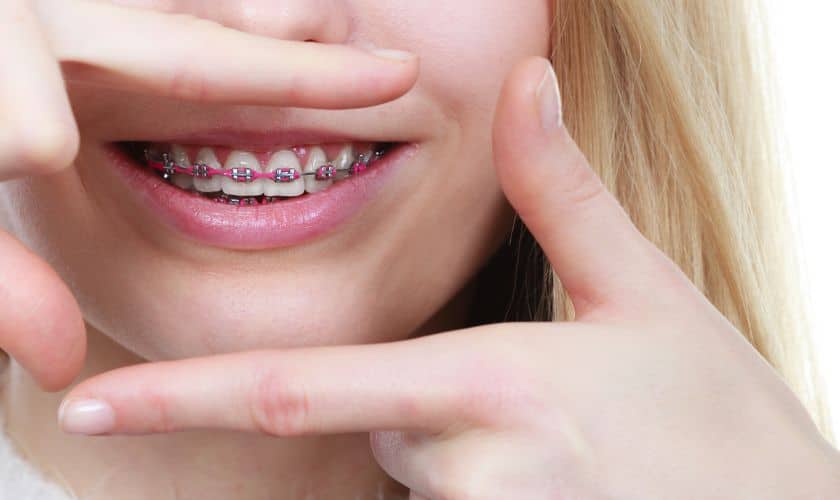Brace Yourself: Unraveling the Age Mystery – When Do Kids Get Braces?

The journey to a straight, healthy smile often involves orthodontic treatment, and for many parents, the question of when to consider braces for their children is a common concern. Understanding the optimal age for orthodontic intervention is crucial for effective and timely treatment. Let’s delve into the age mystery.
Explore when kids typically get braces
1. Assessment in the Early Years:
Orthodontic assessments often begin in the early years, around the age of 7. At this stage, the orthodontist evaluates the child’s jaw and tooth development. While not all children will need braces at this age, early assessments help identify potential issues and allow for proactive treatment planning.
2. Primary School Years:
The most common age for kids to get braces is during their pre-teen or early teenage years, typically between 11 and 14. By this age, most permanent teeth have erupted, and any existing alignment issues become more apparent. Orthodontic treatment during this stage can effectively address crowding, spacing, and bite problems.
3. Individualized Treatment Plans:
Every child is unique, and so is their orthodontic journey. The decision to get braces depends on the specific needs of the child. Some may require early intervention, while others may benefit from waiting until all permanent teeth have erupted. Orthodontists customize treatment plans based on individual cases, ensuring the most effective and efficient results.
4. Signs That Braces May Be Needed:
Parents should be mindful of signs that may indicate the need for orthodontic consultation, such as persistent thumb-sucking, difficulty biting or chewing, early or late loss of baby teeth, and crowded or misplaced teeth. If any of these signs are observed, seeking an orthodontic evaluation is advisable.
5. The Advantages of Early Intervention:
In certain cases, early orthodontic intervention, often referred to as Phase I treatment, can be beneficial. This may involve the use of appliances to guide jaw growth and create space for incoming teeth. Early intervention can pave the way for a smoother Phase II treatment when braces are applied.
6. The Teenage Transition:
The teenage years remain the most common time for braces. Adolescents are generally more compliant with orthodontic care, and their growth spurts facilitate effective treatment. Modern braces come in various styles and colors, making them more customizable and appealing to teenagers.
7. Beyond the Teenage Years:
While braces are often associated with adolescence, it’s important to note that orthodontic treatment is not limited by age. Many adults also undergo orthodontic care to address longstanding issues or to enhance the aesthetics of their smiles.
8. Consultation Is Key:
Ultimately, the best way to determine when a child should get braces is through consultation with an orthodontic professional. Regular dental check-ups can help monitor the development of the child’s teeth, and if any concerns arise, an orthodontic evaluation can provide valuable insights into the most appropriate timing for treatment.
In conclusion, the age at which kids get braces varies, and each case is unique. Early assessments, personalized treatment plans, and timely intervention play crucial roles in ensuring a healthy and confident smile for children. If you’re wondering when your child should start their orthodontic journey, schedule a consultation with an orthodontist in Denver, CO to receive expert guidance tailored to your child’s specific needs. Remember, a beautiful and aligned smile is an investment that lasts a lifetime.



